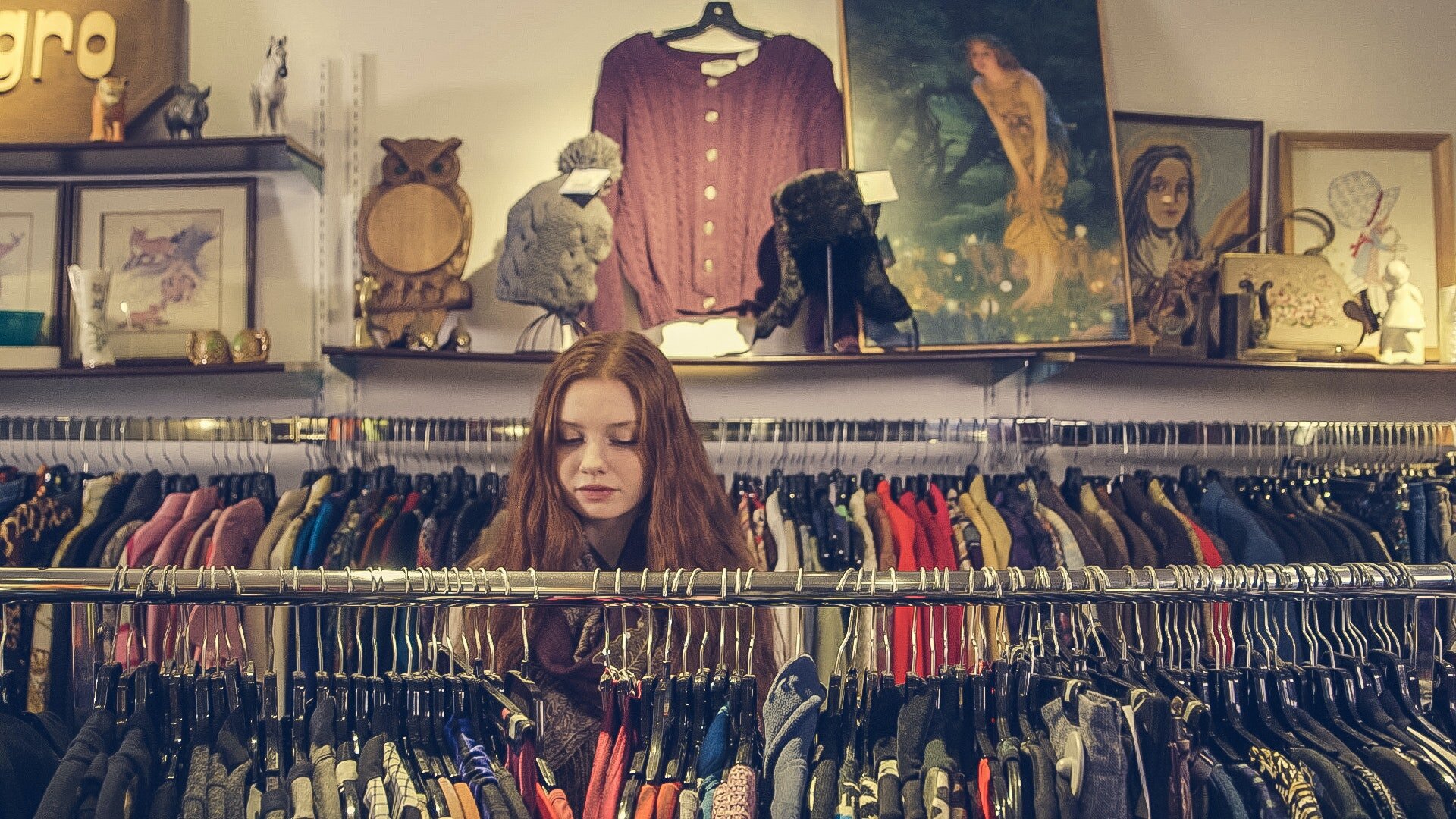Second-hand Fashion: Redefining the Shopping Experience
Half a century ago, a consumer’s shopping experience consisted of traditional malls and mom-and-pop stores. In the 1990s, the introduction of the Internet gave rise to e-commerce and expanded the shopper’s universe. Today, consumers’ closets increasingly contain items purchased through a new channel: online resale distributors. Second-hand fashion has created an industry where no trade-offs exist between sustainability, authenticity, quality, and price. Although COVID-19 may have induced temporary growth within resale apparel, the $7 billion industry has produced an attractive business model capable of sustaining its outperformance beyond the pandemic years.
Broadly speaking, resale business models lie on a spectrum between the managed and peer-to-peer marketplaces. Under a managed marketplace, like RealReal and thredUP, businesses centralize their processes by evaluating the quality of the resale items and standardizing prices. On the opposite end of the spectrum, peer-to-peer marketplaces, like Depop and Grailed, provide a platform for independent sellers to promote and build their own customer network. Therefore, a market participant can simultaneously adopt the identity of a buyer and a seller as the individual seeks to both hunt for unique deals and earn money from selling second-hand items. Between managed and peer-to-peer marketplaces, the latter offers a greater incentive for the participant, fueling the iterative cycle of second-hand shopping and expanding the addressable market.
The resale fashion industry is expected to grow 20% per year until 2025, outgrowing the overall apparel market’s by 16% – when excluded COVID-19’s impact. The pronounced growth in resale fashion contrasts sharply with the steep decline in fast fashion. As the second-hand apparel market doubles in market share over the next 10 years to 17%, the average consumer will find more second-hand apparel than fast fashion clothing in their closet.
Changing consumer purchasing patterns and preferences have fed the growth of the resale market. Today, 70% of women express openness to shopping second-hand clothes, up from 64% in 2018. For millennials who make up most of the resale market, the traditional stigma surrounding second-hand apparel has largely subsided, and many are now proud to own second-hand items. With one of the largest inhibiting factors removed, first-time consumers have begun to diversify their wardrobe while staying within their budget.
While price, quality, and variety remain the hallmark value proposition offered by the resale market, growing awareness surrounding sustainability and ethical practices have created a new group of savvy shoppers. The fashion industry ranks as the second-largest polluter in the world, after the oil industry. At the same time, most workers in developed countries spend more than 60 hours a week manufacturing garments. Poor employee compensation does not justify the long and unpredictable hours, nor the hazardous working environments these workers must endure. Worse yet, 64% of new clothes join the landfill within a year of wear. For this group of eco-conscious consumers, the concept of sustainability has shifted from a nice-to-have to a must-have, and purchasing second-hand apparel partially liberates the factory workers from the intense and potentially avoidable hours.
Finally, the onset of COVID-19 has attracted a third group of shoppers: first-time second-hand retail consumers whose wallets have been strained by the pandemic. As the pandemic ends, these first-time shoppers may convert to loyal customers.
Eyeing the tremendous market potential, second-hand pure plays and traditional retailers have sprinted toward the opportunity. Two of the largest resale businesses, Poshmark and thredUP, valued at $1.25 billion and $1.06 billion respectively, plan to take their companies public within the next two years. Traditional players have likewise begun to move into the space, directly and indirectly. Levi’s launched Levi’s Second-hand, a buyback and resale program, last month. The company’s innovative approach deserves attention on two grounds. First, Levi’s proclaims its stewardship for the environment through the buyback program. Second, the additional buyback and resale channel increases existing customer engagement while expanding the scope of Levi’s market, as Levi’s cross-sells to existing customers and second-hand enthusiasts. Third, Levi’s gains valuable data on customer preferences and product usages. Similarly, Italian luxury brand Gucci announced a partnership with RealReal to launch an app for second-hand apparel to promote circularity for luxury fashion.
Many of the online resale businesses have only risen in the last decade, and the current state of the industry foresees a flood of newcomers. The resale market fuels the circular economy by extending the longevity of clothing, appealing to the buyer’s sense of duty for the environment, and appeasing the buyer’s wallet. Armed with the understanding that they can act as agents of change, consumers want to purchase with a purpose and reward companies that respect the planet’s finite resources. Consequently, the number of resale businesses have multiplied, and traditional retailers have begun investing in resale platforms and partnering with resale companies. As businesses and consumers work together to rewrite the narrative for clothing consumption, the future appears particularly bright for the resale fashion industry.

